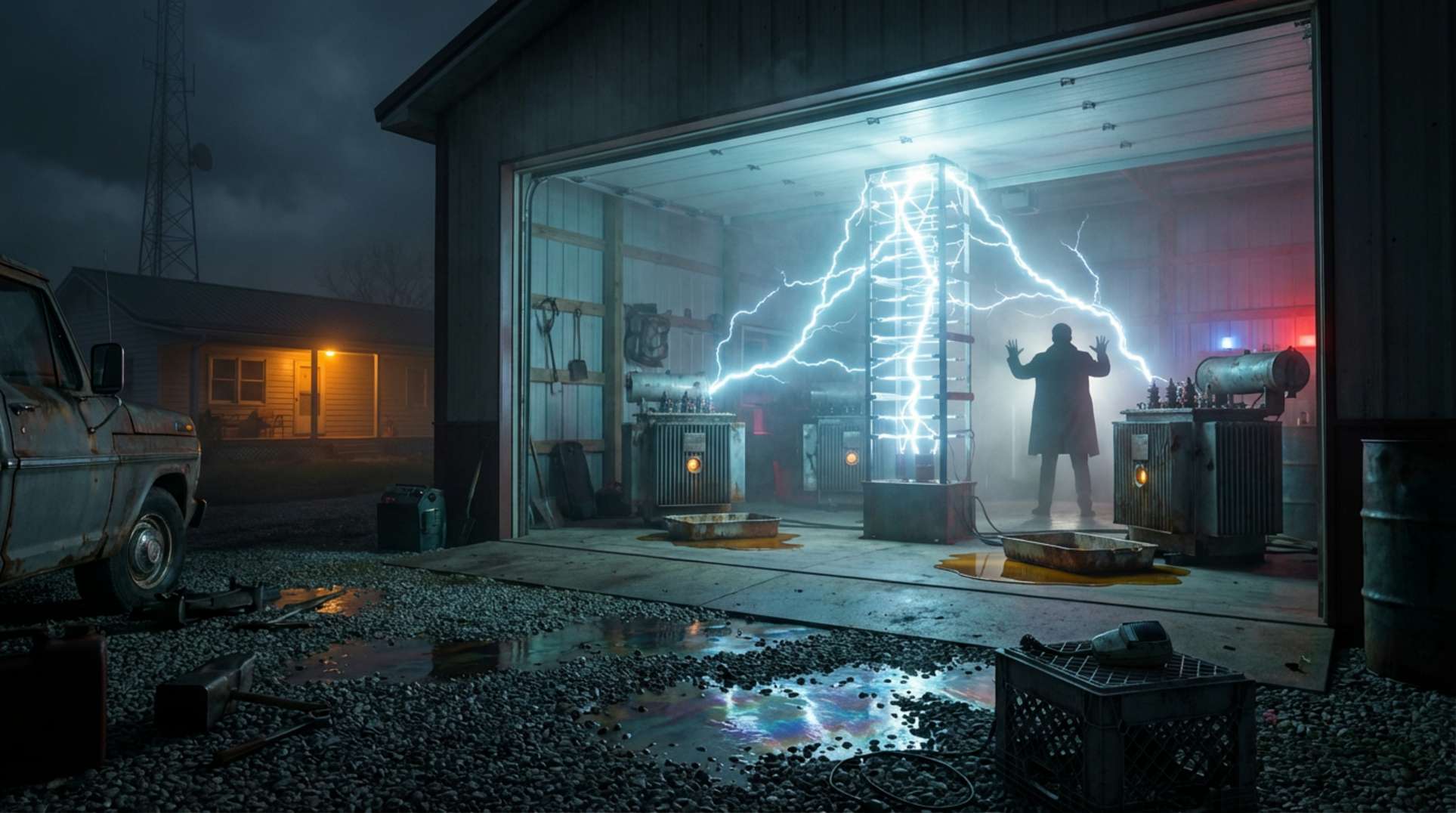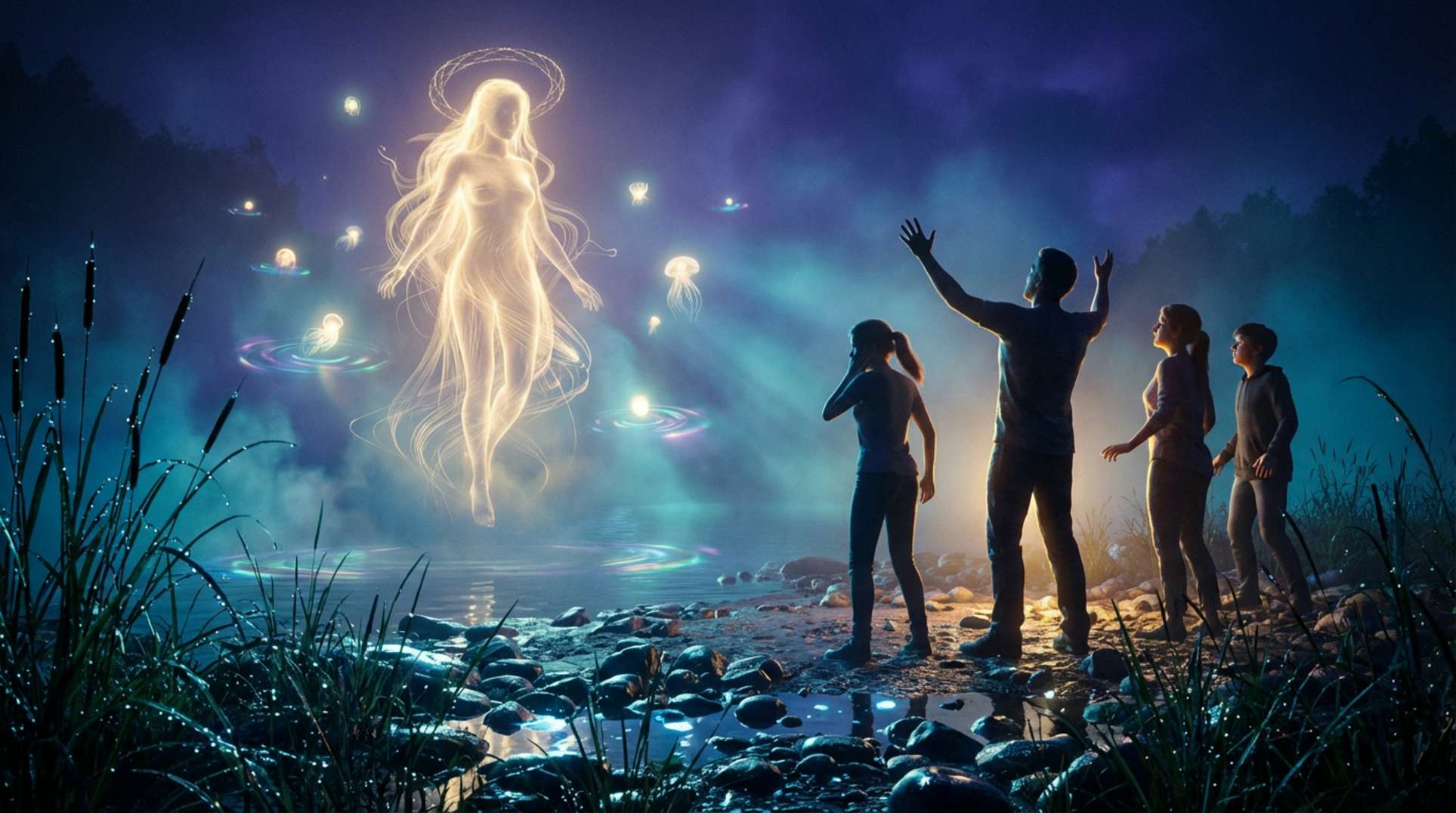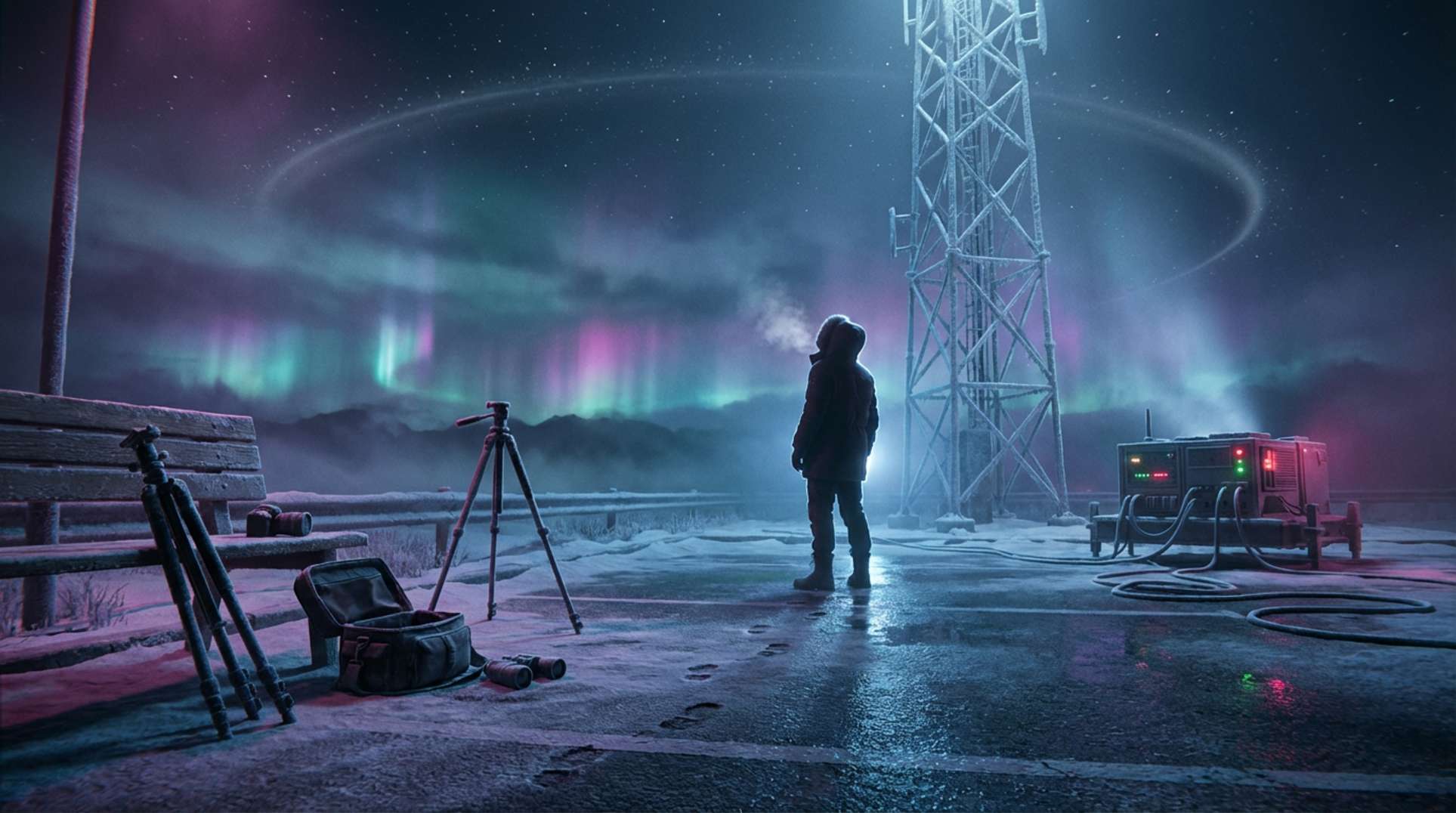Near-death experiences (NDEs) have fascinated people for centuries. These intense experiences often happen when someone is close to death, and they describe vivid and sometimes life-changing events. Scientists, doctors, and researchers have tried to understand NDEs through various studies and theories. This article explores what science says about near-death experiences, their common features, and the impact they have on individuals and society.
Key Takeaways
- Near-death experiences often include sensations like out-of-body experiences, moving through a tunnel, and seeing a bright light.
- Historical and modern accounts of NDEs show that these experiences have been reported across different cultures and time periods.
- Scientific explanations for NDEs include neurobiological and psychological theories, but there are also criticisms and counterarguments.
- Cultural and religious interpretations of NDEs vary widely, with different beliefs influencing how these experiences are understood.
- NDEs can have a significant impact on individuals, leading to changes in their psychological state and belief systems.
The Phenomenon of Near Death Experiences
Defining Near Death Experiences
Near Death Experiences (NDEs) are profound personal events that occur when someone is close to death or in a situation where death seems imminent. These experiences often include sensations such as leaving the body, moving through a tunnel, or encountering a bright light. NDEs are intensely vivid and can be life-transforming. They usually happen during extreme physiological conditions like trauma or cardiac arrest.
Historical Accounts
The concept of NDEs is not new. Historical records show that people have been reporting these experiences for centuries. For instance, in the 1890s, French psychologist Victor Egger discussed climbers’ stories of panoramic life reviews during falls. In 1892, Albert Heim reported similar experiences among workers falling from scaffolds and soldiers injured in battle. These early accounts laid the groundwork for understanding NDEs as a clinical phenomenon.
Modern-Day Reports
Today, NDEs are more widely recognized and studied. In the U.S. alone, an estimated nine million people have reported having an NDE. These experiences often result from serious injuries affecting the body or brain. Modern research continues to explore the long-term transformational effects of NDEs, aiming to deepen our understanding of this fascinating phenomenon.
Common Features of Near Death Experiences
Out-of-Body Experiences
One of the most frequently reported aspects of near-death experiences (NDEs) is the sensation of leaving one’s body. Individuals often describe observing their physical form from an external viewpoint, sometimes even witnessing medical professionals performing resuscitation efforts. This phenomenon is known as an out-of-body experience (OBE).
The Tunnel and Light
Another common element is the experience of moving through a tunnel or entering a darkness, often followed by a rapid movement towards a bright light. This light is sometimes perceived as a powerful, loving presence or even as beings dressed in white. Many describe this part of the NDE as profoundly peaceful and comforting.
Life Review
Many NDErs report a life review, where they see significant moments from their lives flash before their eyes. This review is often described as a comprehensive and instantaneous playback of one’s life events, providing deep insights and reflections. This experience can be both enlightening and emotional, leaving a lasting impact on the individual.
Near-death experiences often include a sense of peace, well-being, and painlessness, creating a profound and transformative impact on those who experience them.
Cultural and Religious Interpretations
Western Religious Views
In Western cultures, near-death experiences (NDEs) are often interpreted through the lens of Christianity. Many people report seeing a bright light or encountering deceased loved ones, which they interpret as angels or heavenly beings. This aligns with the Christian belief in an afterlife and the presence of guardian angels. Ground Zero: Aftermath has discussed these interpretations extensively, highlighting how they shape public perception.
Eastern Philosophical Perspectives
In Eastern philosophies, such as Hinduism and Buddhism, NDEs are often seen as glimpses into the cycle of reincarnation. People may report seeing deities or experiencing a sense of unity with the universe. These experiences are interpreted as signs of spiritual progress or karmic resolution. The emphasis is on the continuation of the soul’s journey rather than a final destination.
Indigenous Beliefs
Indigenous cultures have their own unique interpretations of NDEs. For example, some Native American tribes view these experiences as encounters with spirit guides or ancestors. These guides provide wisdom and guidance, helping individuals understand their purpose in life. The experiences are deeply personal and are often shared in community storytelling, reinforcing cultural values and beliefs.
NDEs serve as a bridge between the physical and spiritual worlds, offering insights that transcend cultural boundaries.
Impact on Individuals

Psychological Aftereffects
Near Death Experiences (NDEs) can lead to profound psychological changes. Many individuals report a greater appreciation for life, increased self-esteem, and heightened compassion for others. These experiences often result in a reduced fear of death, as individuals feel they have witnessed an afterlife. However, not all aftereffects are positive. Some people may experience symptoms of PTSD or depression, especially if their NDE was distressing.
Changes in Belief Systems
NDEs frequently alter an individual’s belief system. People often become more spiritual, though not necessarily more religious. They may develop a stronger sense of purpose and a desire to learn more about life and the universe. This shift in beliefs can sometimes lead to conflicts with previously held views or with the beliefs of those around them.
Personal Testimonies
Personal stories of NDEs are powerful and varied. Many individuals share their experiences on platforms like Ground Zero Radio, where they discuss how their NDEs have changed their lives. These testimonies often highlight a newfound sense of connection to something greater than themselves, as well as a commitment to living more meaningful and altruistic lives.
The transformative power of NDEs lies in their ability to make individuals feel part of something greater, fostering a sense of unity and purpose.
Near Death Experiences in Children

Unique Characteristics
Near Death Experiences (NDEs) in children often differ from those in adults. Children’s NDEs are usually simpler and less detailed. They might describe meeting a loving being or seeing a bright light, but their accounts are often less influenced by cultural or religious expectations. Unlike adults, children rarely report a life review, where they see their past actions and experiences.
Case Studies
Several case studies highlight the unique aspects of children’s NDEs. For instance, a study by Melvin Morse explored the experiences of children who had been clinically dead. These children often described feelings of peace and seeing deceased relatives. One notable case involved a child who accurately described events happening in another room while they were unconscious, challenging the idea that NDEs are merely a reflection of cultural conditioning.
Long-Term Effects
The long-term effects of NDEs on children can be profound. Many children who experience NDEs report a decreased fear of death and a stronger belief in an afterlife. They might also show increased empathy and a sense of purpose. However, some children may struggle to understand or integrate their experiences, especially if they lack support from family or peers.
The near-death experience in children can be a transformative event, shaping their views on life and death in significant ways.
Near Death Experiences and the Medical Community
Clinical Studies
Near Death Experiences (NDEs) have been a subject of clinical studies for decades. Researchers have examined thousands of cases to understand the phenomenon better. One key finding is that NDEs often occur during reversible clinical death, such as cardiac arrest. Studies have shown that about 10-20% of people who come close to death report having an NDE.
Medical Professionals’ Perspectives
Medical professionals have varied perspectives on NDEs. Some view them as purely neurobiological events, while others consider the possibility of a non-material aspect of consciousness. Ground Zero Radio has featured numerous discussions with doctors and researchers who explore these differing viewpoints. The consensus is that understanding NDEs can improve patient care, especially for those who have experienced them.
Ethical Considerations
The medical community also grapples with ethical considerations related to NDEs. Questions arise about how to handle patients’ reports of these experiences and whether to incorporate them into medical practice. Ethical guidelines suggest that doctors should listen to and respect patients’ experiences, even if they don’t fully understand them. This approach can help in providing holistic care and support to patients recovering from life-threatening events.
NDEs challenge our understanding of life and death, urging the medical community to consider both scientific and personal dimensions of these experiences.
Debunking Myths About Near Death Experiences
Common Misconceptions
Many people believe that near-death experiences (NDEs) are proof of an afterlife or spiritual realm. However, scientific evidence suggests otherwise. NDEs are often thought to be unique, but they share many similarities with other altered states of consciousness, such as those induced by drugs or extreme stress.
Scientific Evidence
Research has shown that NDEs can be explained by neurobiological processes. For example, a lack of oxygen to the brain can cause hallucinations and out-of-body experiences. Studies have also found that certain drugs can induce experiences similar to NDEs, suggesting that these events are more about brain chemistry than the supernatural.
Media Portrayals
Movies and TV shows often dramatize NDEs, making them seem more mystical than they are. Shows like Ground Zero: Aftermath have popularized many myths about NDEs, but these portrayals are not based on scientific facts. It’s important to approach these media representations with a critical mind and understand that they are designed for entertainment, not education.
Understanding the science behind NDEs can help demystify these experiences and provide a more grounded perspective. Always question what you see in the media and seek out credible sources for information.
Future Directions in Near Death Experience Research

Emerging Technologies
The future of near-death experience (NDE) research is promising, especially with the advent of new technologies. Advanced brain imaging techniques like fMRI and EEG are providing deeper insights into what happens in the brain during an NDE. These technologies can help scientists understand the neurobiological underpinnings of these experiences. Additionally, virtual reality (VR) is being explored as a tool to simulate NDEs, which could offer a controlled environment for studying these phenomena.
Interdisciplinary Approaches
NDE research is becoming increasingly interdisciplinary, involving experts from fields such as neuroscience, psychology, and even quantum physics. This collaborative approach aims to provide a more comprehensive understanding of NDEs. For instance, psychologists are examining the emotional and cognitive aspects, while neuroscientists focus on the brain’s activity. This holistic view could lead to groundbreaking discoveries.
Potential Discoveries
The future holds the potential for significant discoveries in NDE research. One exciting area is the study of shared death experiences, where multiple people report similar experiences during a single event. Understanding these could offer clues about the nature of consciousness and its possible survival after death. Moreover, platforms like "Ground Zero with Clyde Lewis" are bringing these discussions into the public sphere, increasing awareness and interest in the topic.
As we look to the future, the integration of emerging technologies and interdisciplinary approaches promises to unlock new dimensions in our understanding of near-death experiences.
The Role of Near Death Experiences in Popular Culture
Literature and Film
Near Death Experiences (NDEs) have long fascinated writers and filmmakers. From classic novels to modern movies, the theme of NDEs often serves as a powerful plot device. Books like ‘Life After Life’ by Raymond Moody have popularized the concept, while films such as ‘Flatliners’ explore the boundaries between life and death. These stories captivate audiences by delving into the mysteries of what happens when we come close to dying.
Television and Podcasts
Television shows and podcasts have also embraced the topic of NDEs. Programs like ‘The OA’ and ‘I Survived… Beyond and Back’ offer dramatized and real-life accounts of NDEs, respectively. Podcasts such as ‘Ground Zero with Clyde Lewis‘ dive deep into personal testimonies and scientific discussions about these experiences. These platforms provide a space for people to share their stories and for audiences to explore the phenomenon from various angles.
Public Perception
Public perception of NDEs is shaped significantly by their portrayal in media. While some view these experiences as proof of an afterlife, others see them as fascinating psychological phenomena. The media’s portrayal can influence how seriously people take NDEs and whether they consider them spiritual events or mere brain activity. This duality keeps the conversation about NDEs alive and evolving, reflecting our ongoing quest to understand the unknown.
NDEs in popular culture serve as a bridge between science and spirituality, challenging us to think about life, death, and what might lie beyond.
Conclusion
Near-death experiences (NDEs) continue to be a fascinating and mysterious phenomenon that captivates both scientists and the general public. While some view NDEs as evidence of an afterlife or spiritual realm, others see them as complex brain functions during critical moments. Despite extensive research, the exact nature of NDEs remains elusive. What is clear, however, is that these experiences often lead to profound changes in individuals’ lives, altering their perspectives and values. As science advances, we may get closer to understanding the true essence of NDEs, but for now, they remain one of life’s great mysteries, reminding us of the intricate connection between the mind and body.
Frequently Asked Questions
What is a near-death experience (NDE)?
A near-death experience (NDE) is a profound event that happens when someone is close to dying or has been declared clinically dead but then comes back to life. People often report seeing a bright light, feeling a sense of peace, or having an out-of-body experience.
What are common features of NDEs?
Common features of NDEs include out-of-body experiences, traveling through a tunnel, seeing a bright light, meeting deceased loved ones, and having a life review where past events flash before their eyes.
How do scientists explain NDEs?
Scientists have several theories to explain NDEs. Some think they are caused by a lack of oxygen to the brain, while others believe they are the result of brain chemicals released during extreme stress. However, no single explanation is universally accepted.
Do NDEs prove there is life after death?
NDEs are not considered scientific proof of life after death. They are subjective experiences, and while they may suggest the possibility of an afterlife, they do not provide concrete evidence.
Can children have NDEs?
Yes, children can have NDEs. Their experiences are often similar to those of adults, but they may describe them differently due to their age and understanding.
What impact do NDEs have on people’s lives?
Many people who have NDEs report significant changes in their lives. They often become more spiritual, less afraid of death, and more appreciative of life. Some also experience changes in their beliefs and values.
Are NDEs the same across different cultures?
While many features of NDEs are similar across cultures, the specific details can vary. Cultural and religious beliefs often influence how people interpret and describe their experiences.
What should I do if I want to learn more about NDEs?
If you want to learn more about NDEs, you can read books, watch documentaries, or visit websites dedicated to near-death studies. Talking to people who have had NDEs and attending related conferences can also provide valuable insights.




